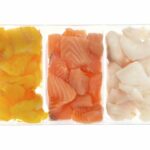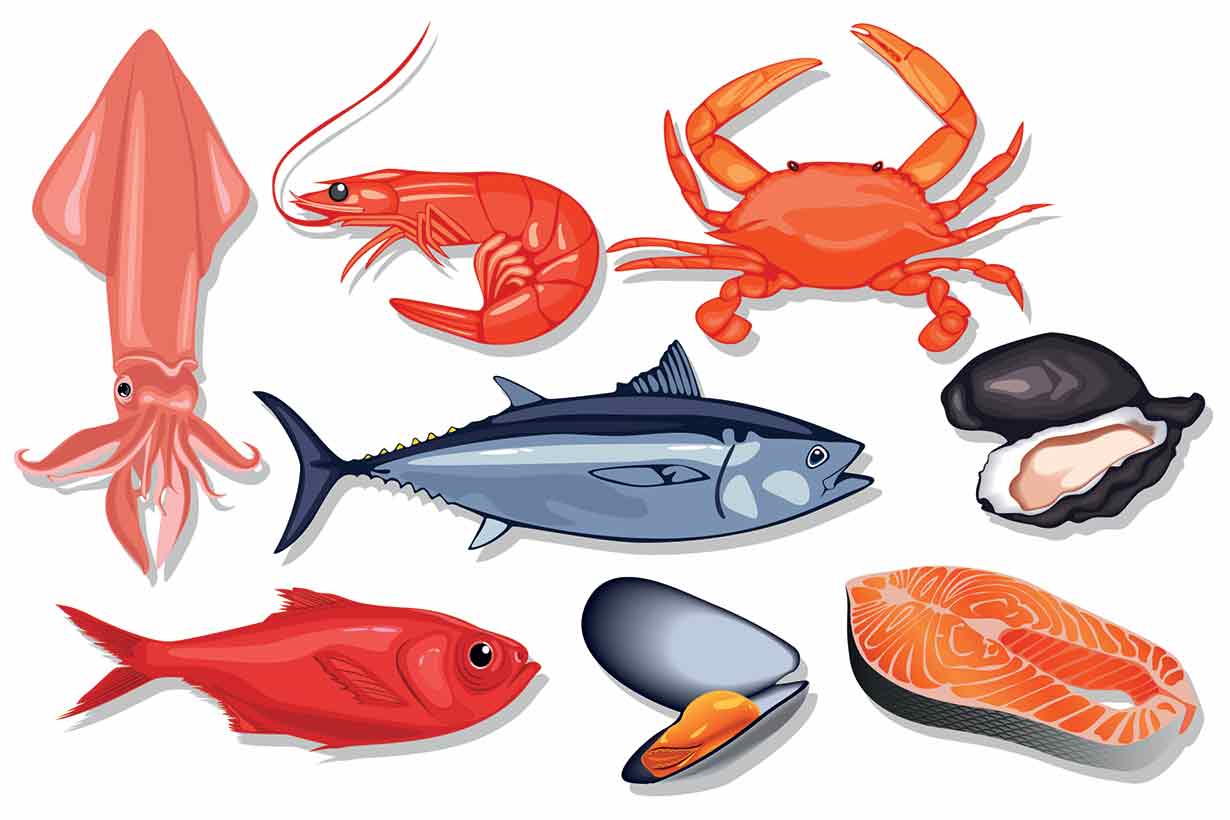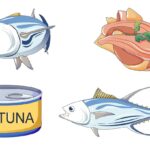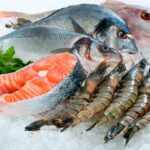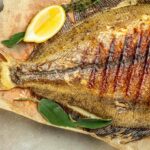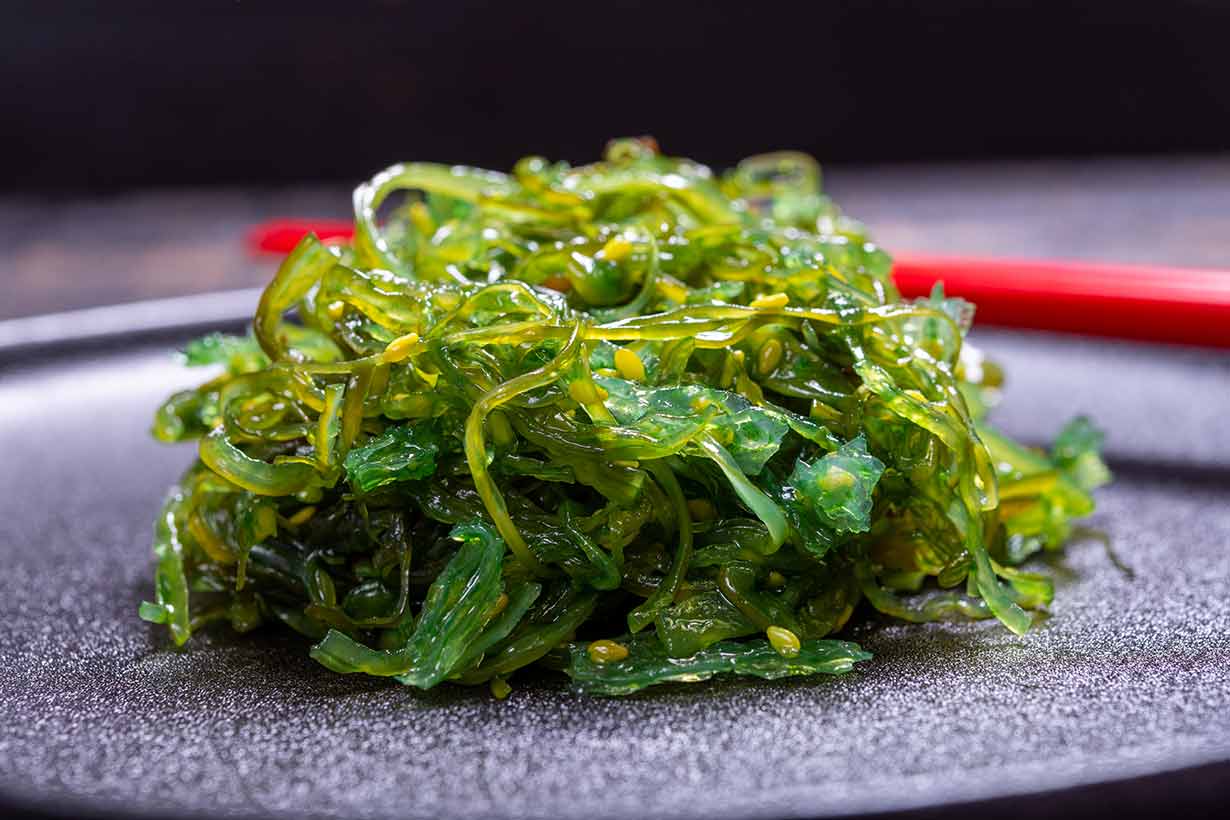Haddock, known scientifically as Melanogrammus aeglefinus, is a white-fleshed lean fish that belongs to the cod family.
The fish is one of the most popular seafood varieties globally, but it is most commonly consumed in countries close to the North Atlantic ocean.
Haddock has a range of nutritional benefits, and this article examines these in greater detail.
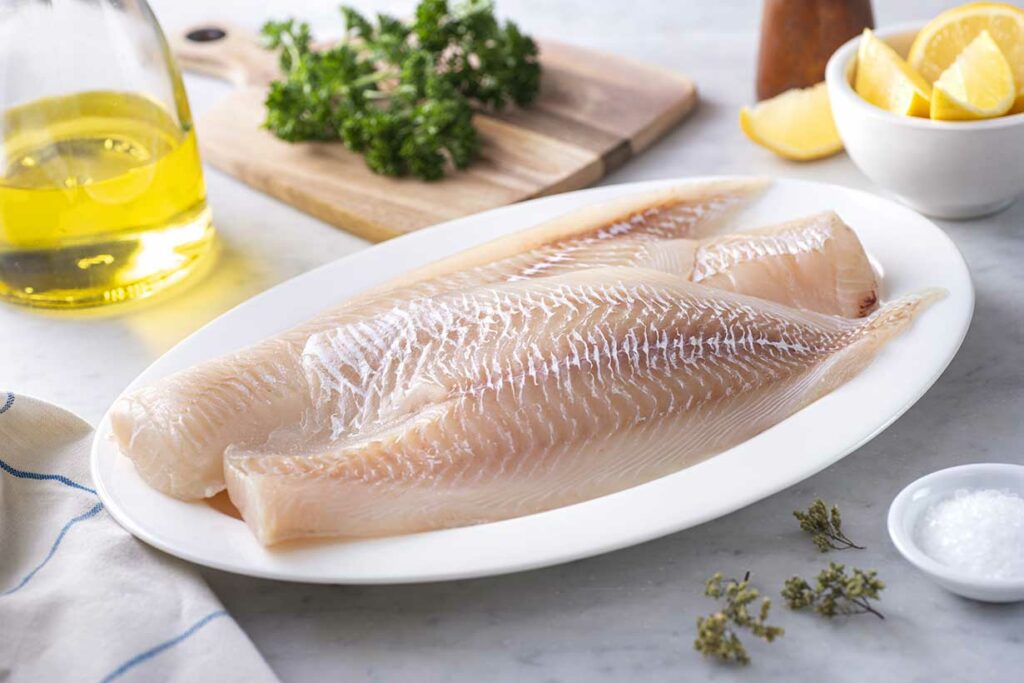
Table of contents
Nutrition Facts
Based on USDA data, the table below shows the nutritional values for haddock per typical fillet (193-gram) serving (1).
All daily values have been calculated using the USDA data and the FDA’s published daily values (2).
| Name | Amount | % Daily Value (% DV) |
|---|---|---|
| Calories | 143 kcal | |
| Carbohydrates | 0g | 0% DV |
| Fiber | 0g | 0% DV |
| Sugar | 0g | |
| Fat | 0.87g | 1% DV |
| Saturated | 0.18g | 1% DV |
| Monounsaturated | 0.12g | |
| Polyunsaturated | 0.32g | |
| Omega-3 | 0.27g | |
| Omega-6 | 0.03g | |
| Protein | 31.5g | 63% DV |
As shown in the nutritional values, haddock is low in calories and fat and contains no carbohydrates. However, it contains large amounts of dietary protein.
Vitamins In Haddock
- Vitamin B12: 147% of the daily value
- Niacin (B3): 41% DV
- Vitamin B6: 32% DV
- Choline: 23% DV
- Pantothenic acid (B5): 16% DV
- Riboflavin (B2): 8% DV
- Folate: 6% DV
- Vitamin E: 6% DV
- Vitamin D: 4% DV
- Vitamin A RAE: 4% DV
- Thiamin (B1): 3% DV
- Vitamin K: <1% DV
(RAE = Retinol Activity Equivalents)
Haddock provides a broad range of essential vitamins, and it is exceptionally high in B vitamins.
Minerals In Haddock
- Selenium: 91% DV
- Phosphorus: 35% DV
- Sodium: 28% DV
- Potassium: 12% DV
- Magnesium: 10% DV
- Zinc: 6% DV
- Iron: 4% DV
- Calcium: 2% DV
- Copper: <1% DV
- Manganese: 1% DV
Haddock provides several minerals in high amounts, and a regular fillet offers nearly 100% of the daily value for selenium.
Health Benefits
Due to its nutritional composition, haddock may have several benefits. Here is an overview of these.
Haddock Provides a Large Amount of Protein For Very Few Calories
Haddock is among the most protein-dense foods.
Protein density can refer to food containing significant amounts of protein per serving or based on its protein to calorie ratio.
Notably, haddock is extremely protein-dense by either of these metrics.
The nutrition facts section shows that a typical fillet of haddock provides 31.5 grams of protein (1).
Furthermore, on a per-100-gram basis, raw haddock offers 16.3 grams of protein for only 74 calories (1).
This protein content is significant, and the protein to calorie ratio compares favorably to most other foods. For instance, 80% lean ground beef provides 17.2 grams of protein per 100 grams raw weight, but for 254 calories – more than three times the amount in haddock (3).
See these guides to basa fish and branzino (European sea bass) for more protein-rich white fish.
Or for a complete ranking of fish sources of protein, see this guide:
Protein in Fish and Shellfish: Which Provide the Most?
Haddock Offers a (Modest) Source of Omega-3
Like most fish, a serving of haddock will provide omega-3 fatty acids.
However, the omega-3 content in a typical haddock fillet is only 0.27 grams, which is relatively low compared to other (oily fish) seafood options (1).
The omega-3 fatty acids in haddock come from eicosapentaenoic acid (EPA) and docosahexaenoic acid (DHA).
A recent 2021 systematic review and meta-analysis of clinical trials examined the links between omega-3 fatty acids and cardiovascular outcomes. This review demonstrated ‘moderate certainty of evidence‘ for omega-3 helping to reduce cardiovascular mortality and improve outcomes (4).
However, it is again worth noting that haddock contains a relatively modest amount of omega-3. On this note, numerous oily fish provide more significant amounts of omega-3.
Haddock Is a Low-Mercury Seafood Option
Another benefit of haddock is that it only contains low levels of mercury, a heavy metal found within seafood.
Some fish species, such as king mackerel, certain tuna species, swordfish, and shark, contain significant amounts of mercury (5, 6).
The reason why mercury is problematic in the above species is that the metal becomes concentrated in large predatory fish higher on the food chain.
On the positive side, small fish, such as haddock tend to contain relatively modest amounts of mercury (7, 8, 9).
To be precise, data collected by the FDA over 18 years showed the average mercury content of haddock across 50 samples. Based on these 50 samples, the mean mercury concentration in haddock was 0.055 PPM (10).
The mercury content of haddock compares favorably to other fish such as trout (0.071 PPM), cod (0.11 PPM), light canned tuna (0.144 PPM), halibut (0.241 PPM), and swordfish (0.995 PPM).
According to reputable health agencies such as the FDA, haddock is on the ‘best choices’ for seafood list (11).
Furthermore, the United Kingdom’s National Health Service (NHS) notes: “you can safely eat as many portions of white fish per week as you like” aside from several species, which do not include haddock (12).
Nutrient Density
As previously noted in the ‘nutrition facts’ section, another benefit of haddock is that it contains numerous different nutrients.
Just one serving offers more than 10% of the daily value for the following vitamins and minerals (1):
- Vitamin B12
- Selenium
- Niacin
- Phosphorus
- Vitamin B6
- Sodium
- Choline
- Pantothenic acid
- Potassium
- Magnesium
All this nutritional value for only 143 calories makes haddock very nutrient-dense.
Potential Downsides
Generally speaking, haddock is a nutrient-rich food with several beneficial properties.
However, all foods tend to have some potential downsides, and haddock is no different in this regard.
One of these is that it carries a slightly higher price than white fish options imported from Asia, such as swai fish.
Additionally, the sections below briefly explore some more potential drawbacks.
Rare Allergies
Although not as common as shellfish allergy, finned fish allergies still represent a considerable proportion of food allergies.
According to Food Allergy and Research Education (FARE), finned fish allergy affects approximately 1% of Americans (13).
Furthermore, fish is recognized as one of the eight major allergens that must be listed on food labeling (14).
The cause of fish allergy is a protein within fish binding with antibodies generated by an allergic individual (15, 16, 17).
Fish allergies can be severe, and they may cause symptoms ranging from itchiness and tingling to anaphylaxis (severe allergic reaction) (18, 19).
For this reason, individuals with a suspected fish allergy should avoid haddock or any foods that contain it.
Sustainability Concerns
There are some sustainability concerns surrounding haddock, but they vary from region to region.
The Marine Conservation Society (MCS) states that North Atlantic haddock “is not in an overfished state, but fishing pressure is slightly above sustainable levels” (20).
However, many of the haddock fisheries within the United States and the United Kingdom are ‘certified sustainable’ by the Marine Stewardship Council (MSC) (21, 22, 23, 24).
To see the sustainability rating of different haddock fisheries from countries around the world, you can use this resource here.
Smoked Haddock
In addition to regular fresh/white fish, smoked haddock is also available.
Smoked haddock is the product of a cold-smoking process, and it is still technically ‘raw’ and needs cooking, unlike smoked salmon.
This cold-smoking process involves (13, 14):
- Brining the fillets in a salty liquid
- Smoking overnight (or for numerous hours) in a place that allows air to mix with the smoke (cold smoking)
- Smoking the fish at a temperature of approximately 20-30°C (68-86°F)
Compared to regular haddock, smoking the fish develops a richer ‘smoky’ flavor and a saltier taste due to the brining.
As a result of the brining and smoking process, the nutritional profile of smoked haddock is also slightly different.
For example, regular raw haddock contains 213 mg of sodium per 100 grams, equal to 9% of the recommended daily value (1).
In contrast, smoked haddock provides 763 mg of sodium per 100 grams, about 3.5 times the amount. 763 mg of sodium is equivalent to 33% of the recommended daily value (15).
How To Prepare Haddock (and Recipe Ideas)
Haddock is a versatile fish that we can prepare in numerous ways:
- Baked: put a fillet in the oven either plain or marinated, and bake until cooked throughout. This should take approximately 20 minutes at a temperature of 200°C (392°F).
- Deep-fried: for those who enjoy deep-fried food, haddock is the typical fish of choice for the British dish ‘fish and chips’.
- Grilled: place the haddock under the grill and turn it over after about 5 to 6 minutes. Ensure the fish is thoroughly cooked on both sides before removing from the grill.
- Pan-frying: pan-frying a fillet of haddock with a bit of oil only takes several minutes, and it tastes great.
- Poached: poaching haddock in milk can add to the flavor and provides a soft and flaky fish. Using approximately 300 ml of milk for a 193-gram fillet works well, or roughly 150 ml of milk per 100 grams of fish. Add a touch of salt and any extra herbs or spices as desired.
- Use in dishes: it is also possible to cook haddock in a wide range of dishes, such as casseroles and stews.
Recipe Ideas
Here are some simple haddock recipe ideas for those in need of ideas:
- Try pan-frying a fillet of haddock in olive oil and add a touch of lemon juice, salt, and pepper to taste. This makes a simple but tasty meal.
- Marinate a fillet of haddock in hot sauce, soy sauce, or a marinade made from olive oil, lemon juice, and parsley. Once the fish has been marinated, bake it in the oven until thoroughly cooked.
- Make a fish pie. Fish pie is a traditional casserole-like British dish that features chunks of fish and seafood in a seasoned white sauce covered with a potato topping. After baking, the top should be slightly crispy with everything underneath being soft and creamy. There is a well-rated fish pie recipe here.
Frequently Asked Questions
Haddock and cod come from the same family of fish, known as ‘Gadidae’ or more simply as ‘the cod family,’ but they have slight differences. Nutritionally, the two fish are very similar. However, haddock has a richer and more flavorful “fishy” taste.
Haddock has a very low mercury content. The FDA recommends eating ‘2 to 3 servings per week’ from their “best choices” list, including haddock. The UK National Health Service states that you can safely eat as many portions as you want (11, 12).
Haddock is very protein-dense, and it offers a wide range of essential vitamins and minerals. As a result, the fish can contribute to a healthy eating pattern, but it has relatively low amounts of omega-3. For this reason, it would be ideal to include a source of oily fish in addition to haddock.
Final Thoughts
Overall, haddock offers a lot of nutritional value and has an enjoyable taste, and we can prepare and use it in various ways.
As with any food, there are a couple of potential downsides, but haddock is a seafood option that mainly offers benefits.


